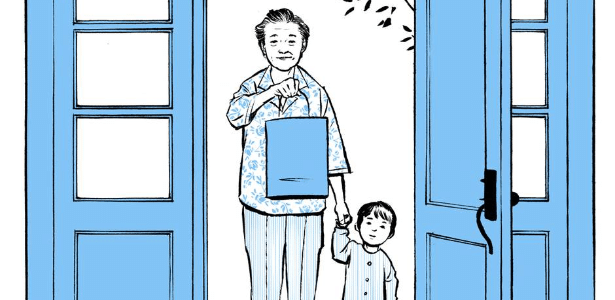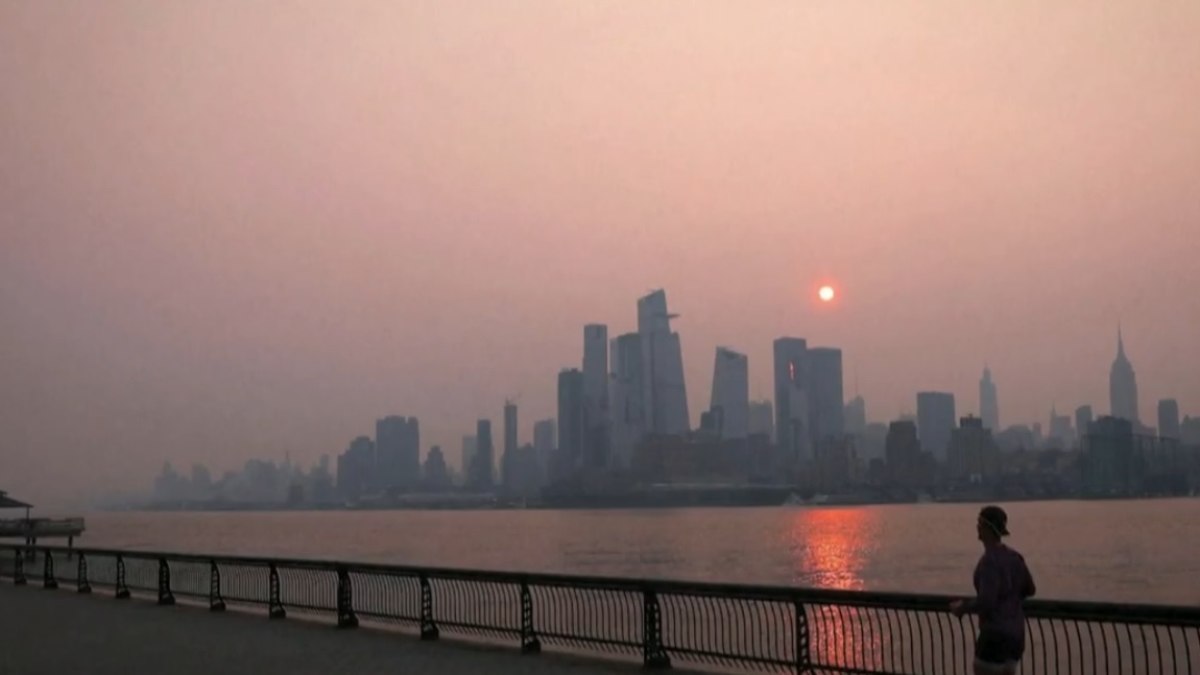To define the exhibition Abstraction: a mediatized reality, which will open on Saturday 8, at the Galeria Millan, the curator Rodrigo Naves takes up a sentence from Hegel: “The owl of Minerva takes flight at dusk”. Twilight as a transition, when night has not yet fallen, allows us, like the owl, to see better in the dark and to know where we want to go. And the nine artists chosen by Naves for the show – five women and four men – are veterans with a lot of history, experience and sense of direction, evolving in the dark, in a territory between figuration and abstraction.
Naves clarifies that there are only nine artists due to the physical limitations of the showroom, but he could have chosen 50 names. There is a story for that. One of the main critics working in Brazil and a great art teacher, Naves chose artists with affinities between them, who maintain a fertile and constant dialogue: Cássio Michalany, Elizabeth Jobim, Germana Monte-Mór, Helena Carvalhosa, Laura Vinci, Nelson Felix, Paulo Monteiro, Paulo Pasta and Renata Tassinari.
Almost all of them, with the exception of Helena Carvalhosa, began their careers in the 1980s, when painting was reborn after a long period of conceptual art dominance and the reign of American professor and essayist Rosalind Krauss, who set out to tell the story of modernism in a dissonant tone to that of Ruskin, challenging the master Clement Greenberg himself, an advocate of painting.
“I’ve heard a lot of gravediggers kill the painting since then, but it doesn’t die, as Agnes Martin and Sean Scully prove.” The Canadian Agnès Martin lived 92 years, painting incessantly. Irish-American Sean Scully is more alive and active than ever. Both are retained by the curator as vectors of this generation of today renowned Brazilian painters.
In fact, it is possible to identify both the presence of Agnès Martin and that of Scully in Paulo Pasta’s painting. Cássio Michalany, observes Naves, “sometimes uses tracks close to those of Pasta and Renata Tassinari”. The curator takes advantage of this proximity to reinforce these affinities in the exhibition system, discreet, without ostentation. In other words, a collective exhibition going against the tide of contemporary vehemence, of political art which, according to the curator, can be explained “by the absence of policies commensurate with today’s dilemmas, so different revolutions of the 19th and 20th centuries”.
If Naves speaks of aesthetic ruptures, there is for him no distinction between figuration and abstractionism, as the title of his exhibition proves. He cites examples: the old works of Elizabeth Jobim (2001/2003) are based on the observation of irregular stones, the still lifes of Helena Carvalhosa, which adopt real models, are transformed into an abstract clash of colors.
Laura Vinci’s sculpture, which cites tradition, renews its language, using marble and real apples, and finally, Nelson Félix’s “flutes”, also in marble, are not simulacra of reality, but evocations of an abstract language, music. Cropping is the word. “Cassio Michalany’s chromatic permutations are not minimalist, but reflect contemporary society and its character, escaping the certainty that art, much more than politics, is critical,” Naves concludes.
The information comes from the newspaper. State of Sao Paulo.

“Total troublemaker. Alcohol aficionado. Social media specialist. Friendly travel nerd.”






